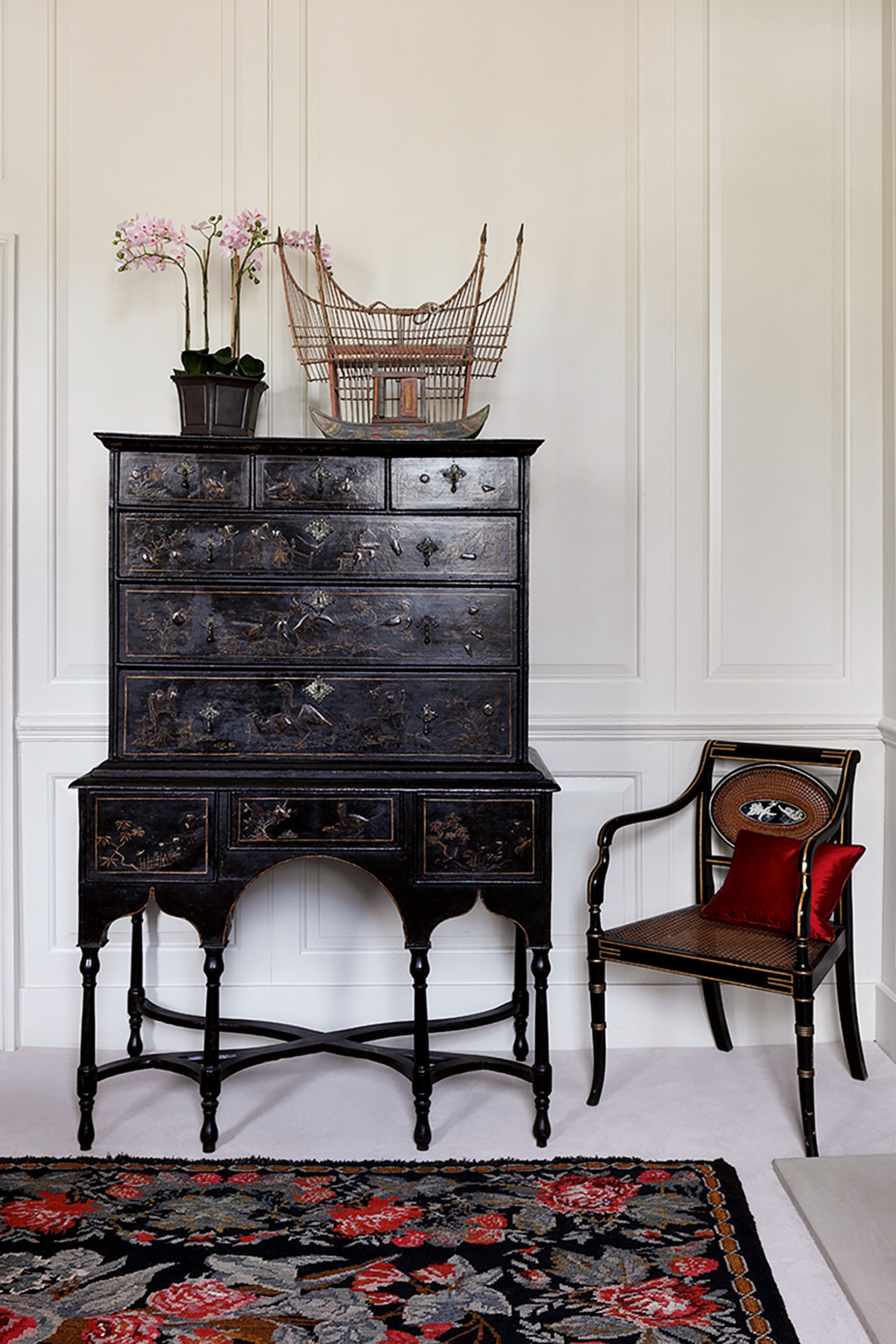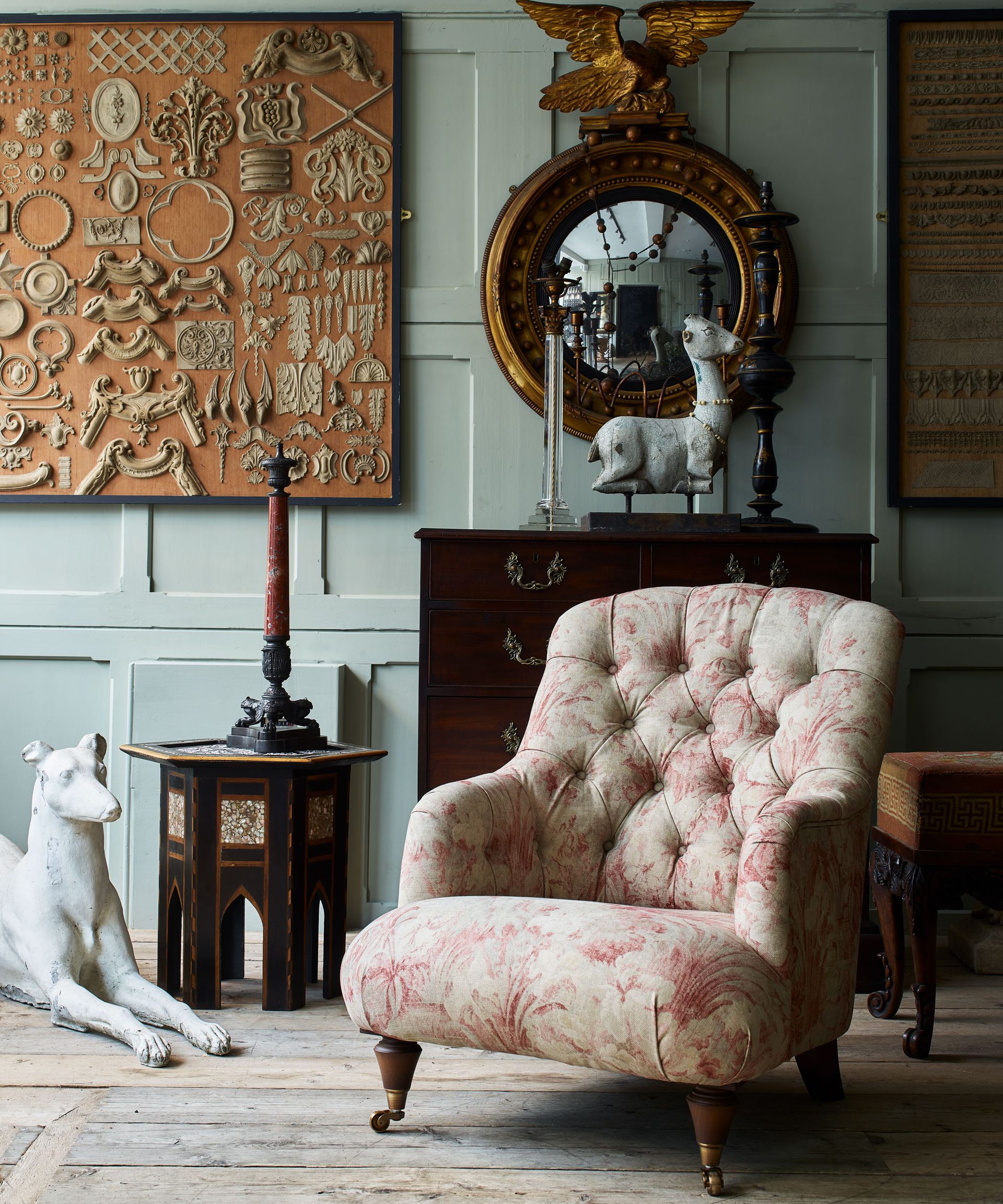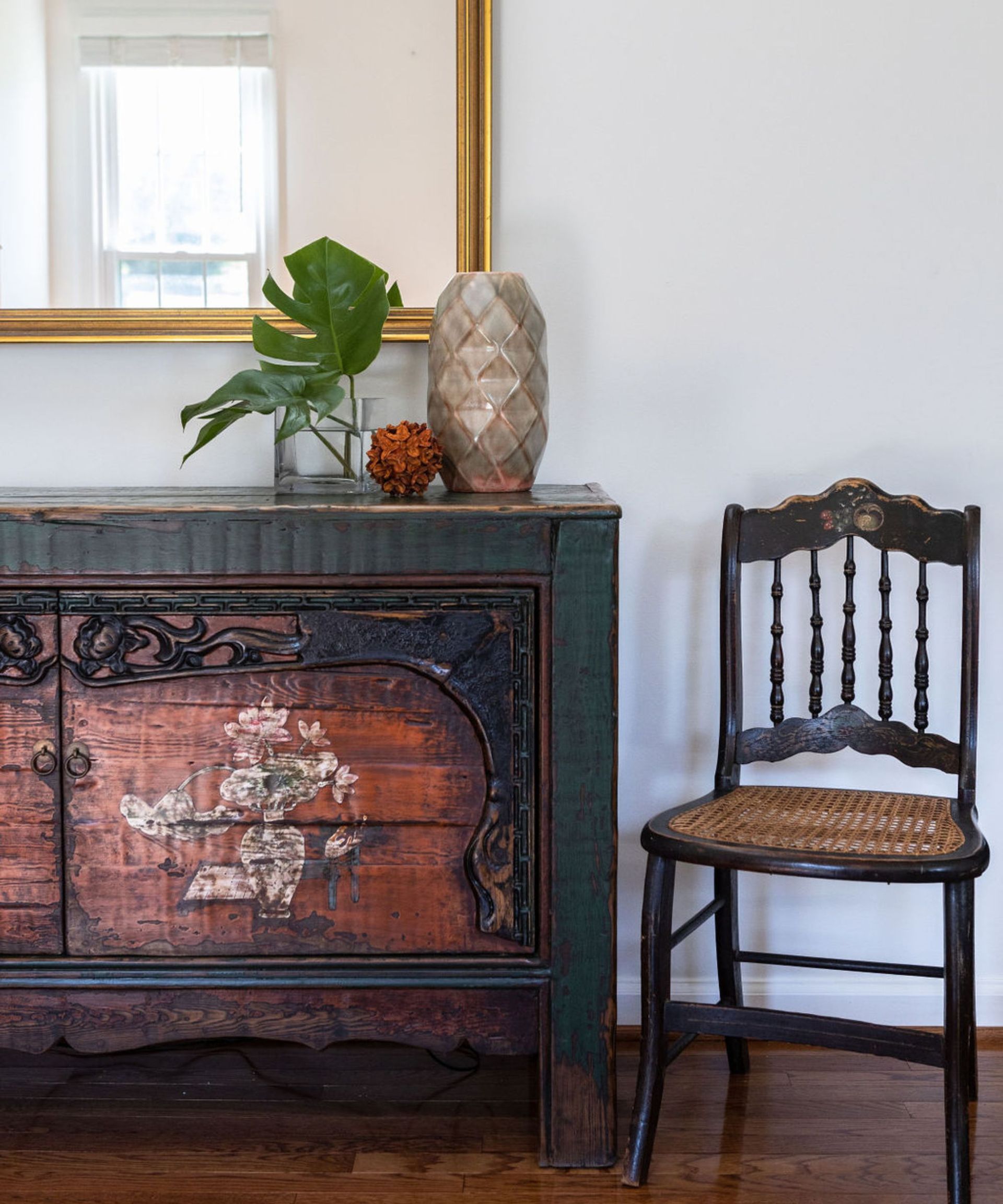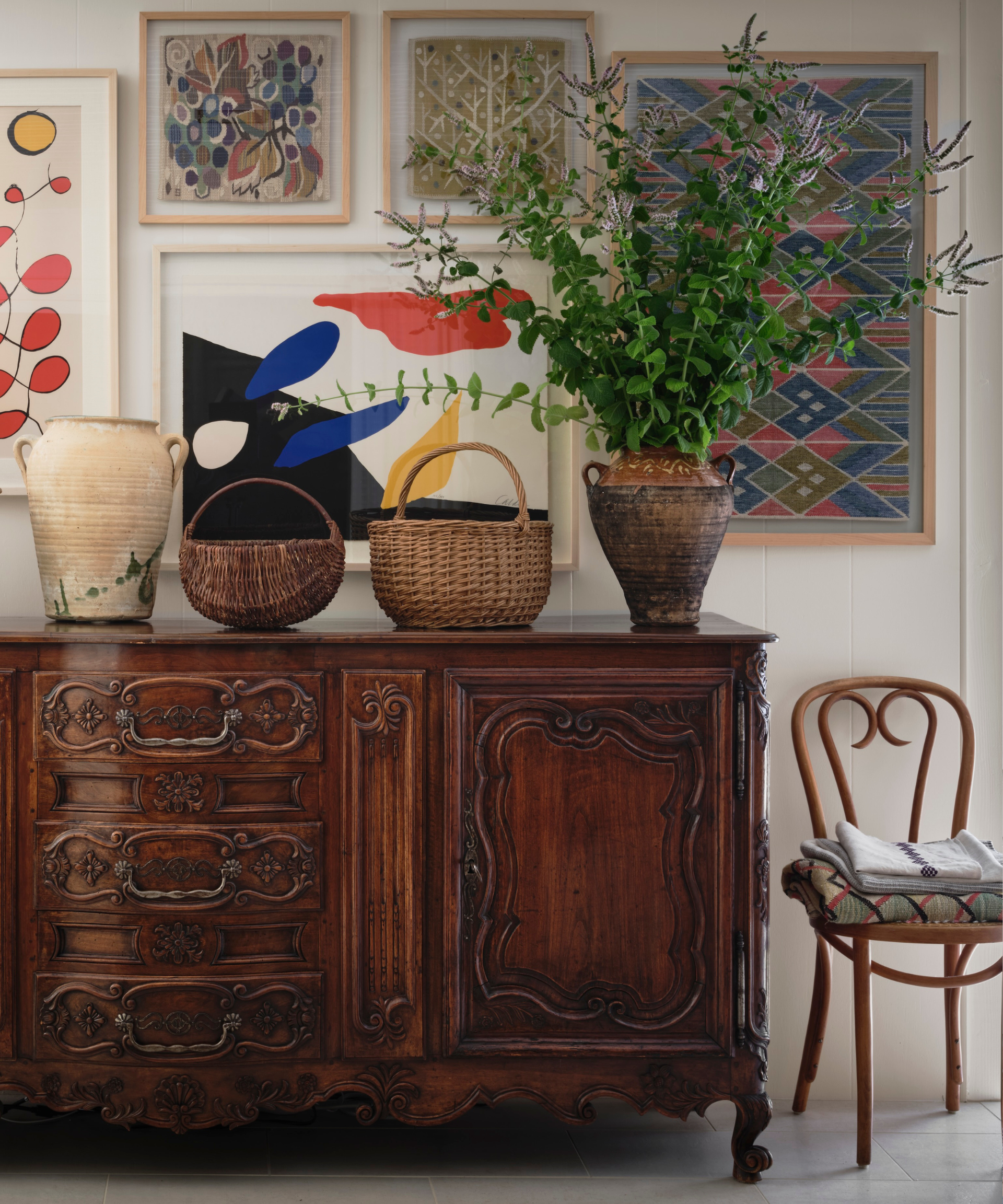Antiques may have withstood the test of time and ended up in your home, but they require constant care and attention to stay in top condition.
It's hard to achieve the same cozy effect of decorating with antique furniture without investing in real items, but the last thing you want to do is add pieces that will lengthen your to-do list.
Luckily, antique experts have perfected the art of caring for older pieces and have boiled the process down to four simple steps.
How to care for antique furniture
One of the best ways to ensure the longevity of antique pieces in your home is to pay attention to damage when purchasing antique furniture . If you just want to keep old pieces and not refurbish them, it is better to buy pieces that are already in good condition. By looking for signs of excessive wear, woodworm, or poor workmanship, you can be confident that you are purchasing a piece that will last a long time in your home.
1. Keep an eye out for woodworms

(Image credit: VSP Interiors)
The worst thing that can happen to antique furniture is woodworm, but it is often overlooked and leads to the silent destruction of valuable pieces.
George Hadlet , antiques expert and founder of Village and Cottage, says the first important signs to look for are the small piles of sawdust near the pieces and the round holes that appear on the item. Be sure to check the bottom too.
If you recognize the signs, the next step is to refinish your wood furniture and kill the infestation without damaging the piece of furniture, says George:
"Based on woodworm species and severity of infestation. Although some opt for home treatment, which may involve simple woodworm extermination, professional help is recommended in severe cases.
"Ultimately, prevention is the best medicine," he says. "Store your antique furniture in a dry and well-ventilated place. Moisture is a breeding ground for woodworms. Then check the condition regularly and treat it with an anti-woodworm treatment every six months. My favorite is the spray version because it's easier to apply, non-toxic, and odorless.
2. Clean in moderation

Stowe side chair in Raphael Sienna, Drew Pritchard exclusively for Barker and Stonehouse
(Image credit: Barker & Stonehouse)
Like all furniture, antiques need a general cleaning to remove dust and dirt. However, when cleaning wooden furniture, it is best to use a microfiber cloth and stay away from water unless necessary.
"The less you do, the better," says Helaine Fendelman , art appraiser and antiques expert at Helaine Fendelman & Associates. "Use soft cotton clothing to remove dirt from the surface. Make sure the chiffons do not contain stuffed animals pouring out of the container and attach the plate or adjust the quincaillerie pieces, paying attention to the wood ready to release the items you let slip out of the chiffon », conseille-t -sie.
Your most important cleaning tip is not to try to clean old upholstery yourself. In order not to damage delicate fabrics. "Always ask the experts for help," he advises.

Helaine Fendelman is a general antiques, art and collectibles appraiser, author, trainer and co-host of a PBS affiliated television show.
3. Condition old parts to protect the wood.

(Image credit: Angela Newton Roy)
Waxing and conditioning your old pieces isn't just for wood furniture restoration . This is an essential step to prevent the wood from drying out and warping.
"To prepare antique furniture, it is recommended to use a waxed surface. Waxing not only helps preserve the original finish, but also removes old dirt and keeps the furniture looking beautiful," says Shlomo Cherniak , professional craftsman and owner of Cherniak Handyman Services. "Apply the wax properly to avoid streaks, smudges and dullness. Be sure to follow the instructions for applying wax to your specific furniture.
Experts recommend waxes like Howard Products Feed-N-Was Beeswax from Walmart .
4. Avoid direct sunlight

(Image credit: Jessica Jubelirer / Photography by Douglas Friedman / Styling by Mieke ten Have)
Sunlight is the enemy of old rooms. If you visit a mansion or museum, you'll probably notice the drawn curtains and blinds that protect the original rooms from sunlight. Antiques expert Helaine Fendelman recommends following the same protective measures for your personal collection. Although it is not necessary to live in the dark, it is important to position rooms to keep them away from light:
"Furniture should not be exposed to direct sunlight. In addition, the temperature of the room in which the room is located should be constant and not fluctuate between very hot and very cold. Humidifiers may be needed to stabilize the dryness in the room.
Frequently asked questions
Should you wax or oil old furniture?
When caring for antique furniture, it's best to use old-fashioned methods to keep it in pristine condition. Waxing the piece using traditional methods such as beeswax helps keep the wood in good condition without coating it with modern spray finishes that can tarnish its shine over time. The beeswax helps bring out the original color and grain.
What's the worst thing you can do with old furniture?
The worst thing you can do is neglect old furniture. Unlike modern furniture, antiques require care and attention to keep them in good condition, from careful cleaning to oiling the wood to prevent cracking and deter pests. If you neglect the space, it will gradually deteriorate and reduce its use and value in your home.
If your antique furniture is fading or deteriorating beyond general maintenance, it's best to contact a professional to help you restore the piece to its original condition. Attempting to restore the piece yourself could result in additional damage or even a complete decrease in the value of the piece.
Aucun commentaire:
Enregistrer un commentaire